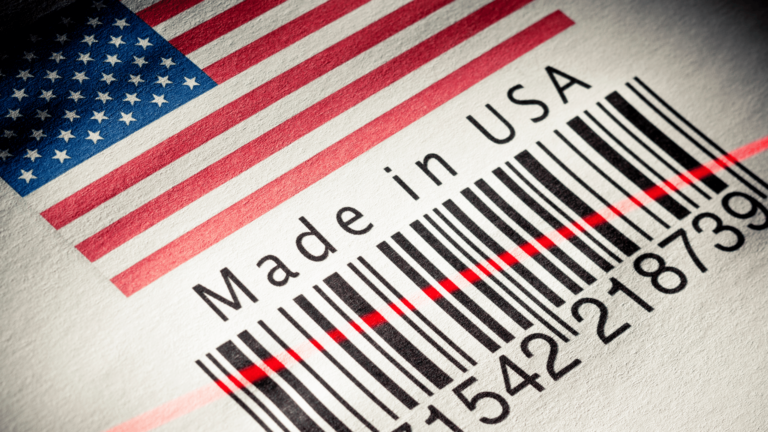EAR vs. ITAR Compliance: Can You Name 5 Differences?
Compliance to the Export Administration Regulations (EAR) and the International Traffic in Arms Regulations (ITAR) are rooted in the same concept behind many government regulations: Sometimes you need to ask the government for permission before doing something. Especially if that “something” can potentially endanger others…even if your particular activity means no harm. The tricky part is figuring out when you need to ask for permission. In this post, we’ll cover the basics to ITAR and EAR compliance.
#1: Who’s in Charge?
While both the EAR and ITAR are key U.S. export controls regulations, they are administered by two different departments. Determining the commodity jurisdiction of your intended activity is one of the first steps in determining your export compliance requirements. Sometimes both departments have jurisdiction over different parts of the same research project at your university or company.
Department of Commerce
Bureau of Industry and Security (BIS)
Export Administration Regulations (EAR)
Department of State
Directorate of Defense Trade Controls (DDTC)
International Traffic in Arms Regulations (ITAR)
As you’ll see below, the EAR and ITAR differ in many ways. Focusing on the wrong commodity jurisdiction can lead to significant mis-steps in your export compliance program.
#2: Dual-Use?
The EAR covers both dual-use and pure military items. “Dual-use” simply means that there is a civilian and military use for the item. A dual-use item is still dual-use even if your company or university is not using it or developing it for military applications. Meanwhile, the ITAR covers purely military and defense-related items that are more sensitive to national security.
Click here to continue reading








